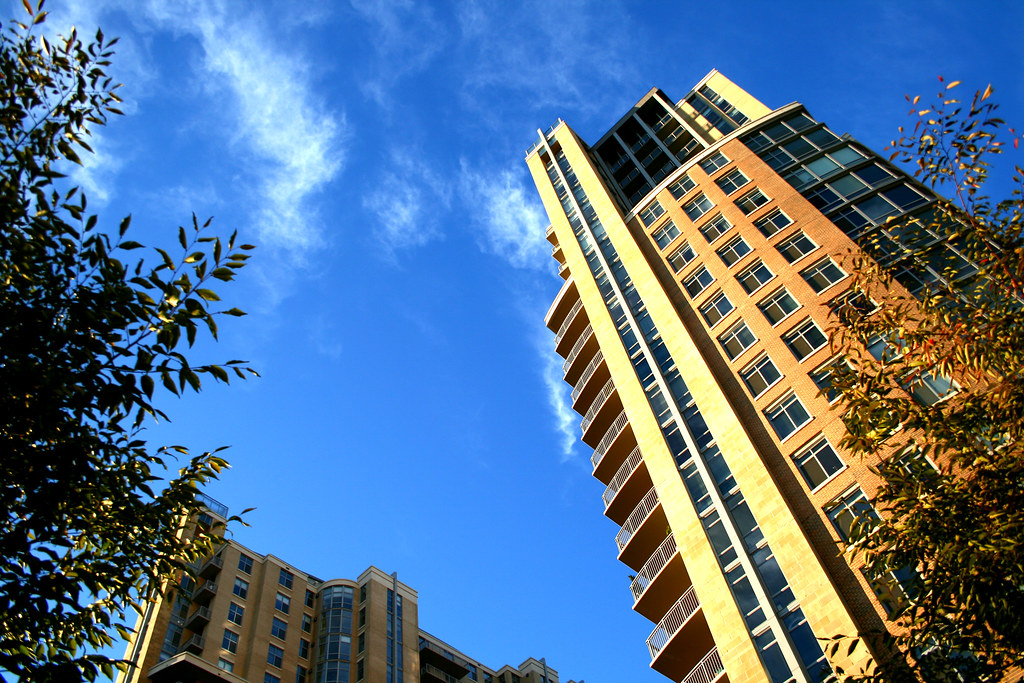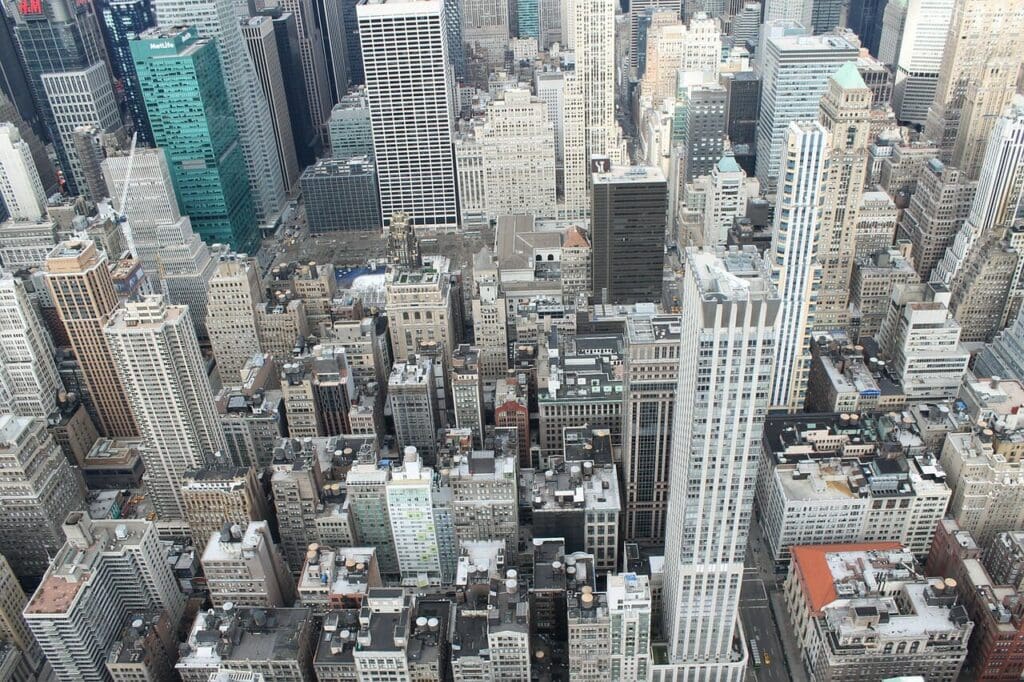
5 Cities Doing Urban Planning Right
One way to do urban planning right is through building information modeling (BIM). VIATechnik takes a hands-on approach when working on clients’ BIM needs. Learn more about our BIM services here.
Whether you’re an urban planner or not, you’ve no doubt felt the impact of truly awful urban planning. It doesn’t take an expert to notice enormous dead spaces like Washington, DC’s famous L’Enfant Plaza. Huge swathes of concrete, void of any signs of life, largely speak for themselves.
The wrong urban planning choices can create spaces that make residents feel unsafe. In the very worst of cases, poorly designed areas like the banlieue suburbs of Paris are accused of fostering social disengagement and terrorism. Clearly, bad urban planning can have very serious consequences.
But when we encounter amazing urban planning, we hardly notice. That’s the idea, really: Everything just works. Spaces are alive and enjoyable. Moving around is relatively hassle-free. The city just feels right. So before we get stuck focusing too much on all the bad planning out there, here are five cities doing urban planning right.
Amsterdam, Netherlands: City Planning at its Best
What makes really great urban planning? One factor has to be ease of transportation. In that respect, Amsterdam shines. Only 22% of all trips within the city are done by car, compared to 48% by bike – far outpacing other major European cities. The result is a remarkably pollution-free and easily navigable downtown. It’s enough to remind us what walkability really feels like.
Still, Amsterdam isn’t resting on its laurels, the city is undertaking an ambitious plan to revitalize huge swathes of land around the center by 2040 as part of its smart city initiative. Amsterdam has had great city planning since the 14th century, and at this pace, that doesn’t look likely to change anytime soon.
Reston, Virginia: Suburban Urban Development

Joshua Davis / Flickr / CC BY-SA
Certainly less famous than most spots on this list, Reston, Virginia, has been innovative since the 1960s in finding ways to make suburban communities more urban. Its place on this list of “cities” relates to its increasing urbanization and integration into the greater DC metropolitan area. Full disclosure, I also grew up there and experienced the enormous contrasts between areas like Reston’s Lake Anne and the aforementioned L’Enfant Plaza.
In fact, Reston, despite early difficulties, has turned out to be an inspiring success story of great urban planning and design. It’s shown how the urban and suburban can be mixed and genuine public spaces can be created far from city centers. Anyone who’s experienced the great public spaces of Europe would feel quite at home in Reston Town Center today.
London: Olympic Development Without the Boondoggle
Olympic infrastructure projects are classic white elephants: hugely expensive and useless once the party’s over. In the leadup to the 2012 London Summer Olympics, city planners sought to do things differently. Despite enormous skepticism that this city could succeed where so many others have failed, London’s Olympic infrastructure is so far beginning to fulfill its grand expectations.
The Olympic Village is actually transforming into housing as intended. Venues from the biggest stadiums to the lowliest handball courts are in regular use, and the economy of the local area is picking up. It just goes to show that great urban planning can beat even the worst Olympic traditions.
New York: Urban Revitalization Via the High Line

Speaking of repurposing infrastructure, New York City has paved the way with its bold High Line experiment. While it would have been easy to simply tear down the elevated tracks of 19th-century New York, the idea of transforming them into elevated gardens seemed more than far-fetched in the beginning.
However, five years later, the High Line brings more visitors than the Statue of Liberty. By elevating the pedestrian both literally and figuratively, the High Line truly transforms the urban experience in a way a city or park planning committee likely couldn’t have imagined on their own. It’s no wonder other cities are scrambling to recreate the High Line’s success.
Eugene, Oregon: Eco-Friendly Walkability
Named the 5th greenest city in America for a reason, Eugene, Oregon, reminds us that great urban planning goes beyond simple transportation and public spaces. Eugene combines an innovative public power grid, which draws 85% of its energy from renewables and even gives power back to home that install solar panels. It’s also been named the top city in the US for urban farming.
The result? A city that’s easily accessible by bike and hybrid transport alike (the transportation system itself aims to be carbon neutral by 2020). The city is called incredibly livable by those that live there and continues to draw in new residents from around the country.
What Makes Great Urban Planning?
Above all, great planning takes the location into account. What works for London would not work for Reston, Virginia. But there are a few universals: people-focused design, environmental sustainability, realistic long-term plans for how spaces will be used, and frankly, a bit of luck doesn’t hurt either. Still, as Amsterdam shows, while urban planning is evolving, some of its principles are also universal – if you know where to look.



